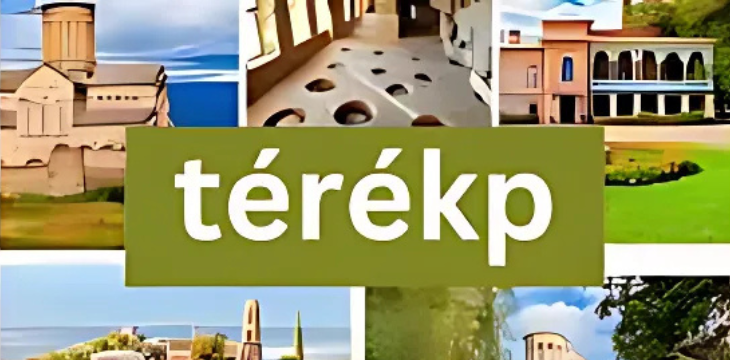Ever found yourself lost in the intricate lines and symbols of a map, pondering the vastness of our world? That’s the magic of a térkép—a tool that has guided explorers, dreamers, and everyday folks alike. But there’s more to a térékp than meets the eye. Let’s embark on a journey to uncover the stories behind these navigational masterpieces.
The Essence of térékp
What Exactly Is a Térkép?
At its core, a térkép is a visual representation of an area, depicting geographical features, boundaries, and significant landmarks. The term “térkép” is Hungarian, combining “tér” (space, field) and “kép” (picture), literally translating to “picture of a space.”
A Brief Stroll Through History
The art of map-making, or cartography, dates back thousands of years. Ancient civilizations, from the Babylonians to the Greeks, crafted early maps to understand and navigate their worlds. These early térképek were often rudimentary, but they laid the groundwork for the sophisticated cartography we benefit from today.
The Craftsmanship Behind térékp
The Science: Precision and Accuracy
Creating a reliable térkép isn’t just about drawing lines; it’s a meticulous process that requires:
- Geographical Surveys: Collecting accurate data about the terrain.
- Scale Determination: Deciding the ratio of distance on the map to the actual ground distance.
- Projection Selection: Choosing how to represent the curved surface of the Earth on a flat plane, each method having its own set of compromises.
The Art: Aesthetic and Clarity
Beyond accuracy, a térkép must be:
- Visually Appealing: Engaging designs that invite exploration.
- User-Friendly: Clear symbols and legends ensuring easy interpretation.
- Culturally Relevant: Incorporating local art styles or significant landmarks to resonate with users.
Types of térékp
Not all térképek are created equal. Depending on their purpose, they can be categorized into:
- Political Maps: Highlighting boundaries between countries, states, or regions.
- Physical Maps: Showcasing natural features like mountains, rivers, and deserts.
- Topographic Maps: Detailing elevation changes and landforms using contour lines.
- Thematic Maps: Focusing on specific data themes, such as population density or climate patterns.
The Digital Revolution in Térkép
With the advent of technology, térképek have transitioned from paper to screens:
- GPS Integration: Real-time location tracking has revolutionized navigation.
- Interactive Features: Users can zoom, search, and even get street-level views.
- Customization: Tailoring maps for specific needs, from hiking trails to urban planning.
The Cultural Significance of Térkép
Térképek are more than just tools; they’re cultural artifacts that reflect how societies view their world:
- Historical Insights: Old maps reveal how territories and perceptions have evolved.
- Artistic Expression: Many térképek are adorned with elaborate illustrations, showcasing the art styles of their time.
- Storytelling: They narrate tales of exploration, conquest, and discovery.
FAQs About Térkép
Q1: How do cartographers decide on the scale of a térkép?
The scale is determined based on the map’s purpose. A city map requires a larger scale (showing more detail) than a world map.
Q2: Why do different térképek show varying representations of the same area?
Variations arise due to different projection methods, scales, and the specific focus or purpose of the map.
Q3: How has technology impacted traditional cartography?
While digital tools have made map-making more efficient and interactive, traditional skills in understanding geography and design remain foundational.
Q4: Are all térképek geographically accurate?
No, some maps, especially historical ones, may contain inaccuracies due to limited knowledge or intentional alterations for political or artistic reasons.
Q5: How can I learn to read a topographic térkép?
Start by familiarizing yourself with contour lines, scales, and legends. Many online tutorials and courses can guide you through the process.
Conclusion
Térképek are more than mere navigational tools; they’re windows into our world’s past, present, and future. They blend science and art, precision and creativity, offering us a unique perspective on the spaces we inhabit. So, the next time you unfold a térkép, take a moment to appreciate the craftsmanship and stories embedded within its lines and symbols


